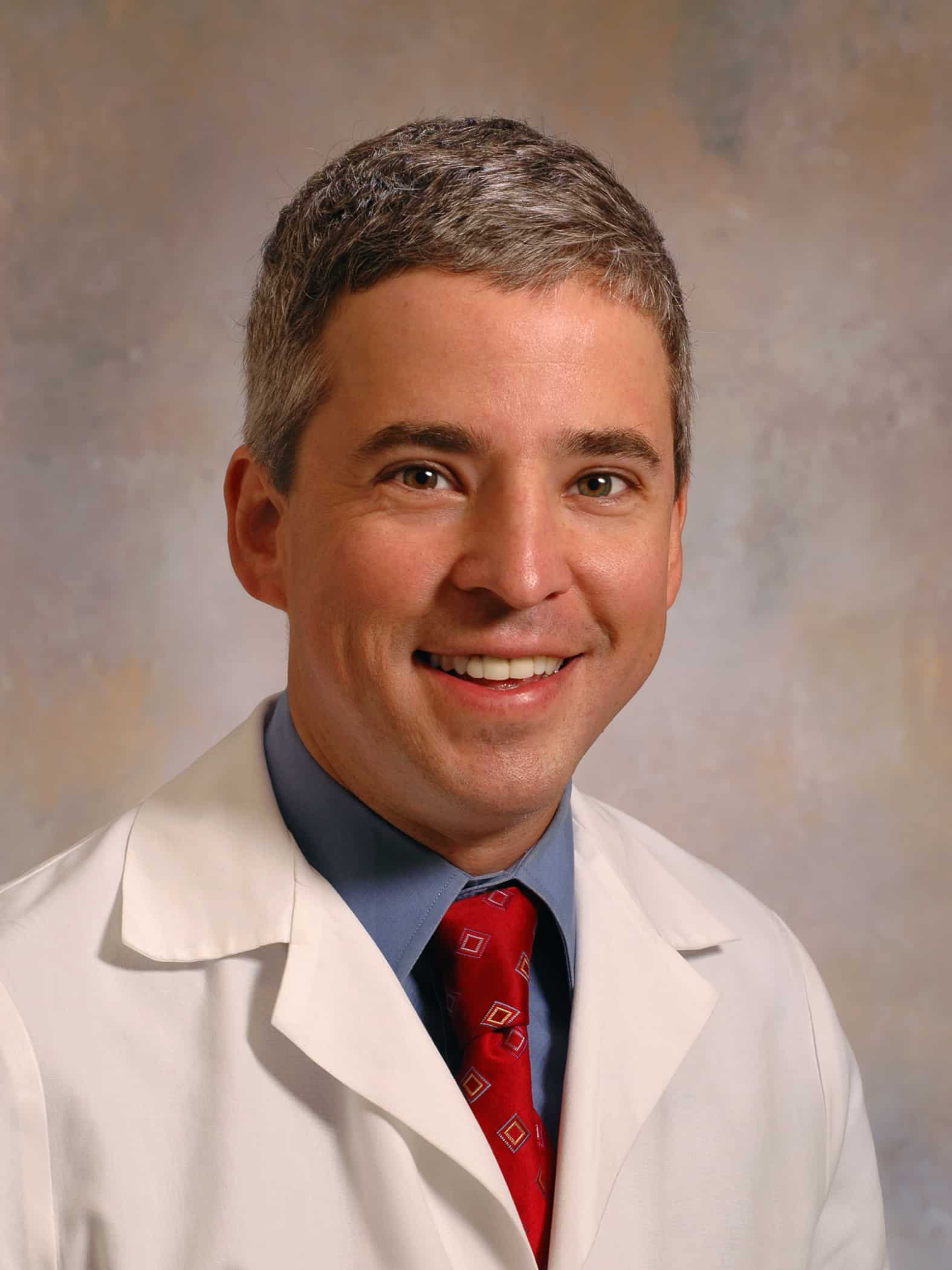According to current estimates, the clinical use of prescription opioids nearly doubled between 2000 and 2010. As more patients have been prescribed these medications, there has been an increase in the incidence of opioid abuse, addiction, injury, and death. “More recently, the medical community has started to pay greater attention to the mounting epidemic of prescription opioids,” says G. Caleb Alexander, MD, FACP.
Examining Trends
In a research letter published in JAMA Internal Medicine, Dr. Alexander and colleagues sent surveys to 1,000 internists, primary care physicians (PCPs), and general practitioners in the United States and received a 58% response rate. The survey examined beliefs and self-reported practices regarding prescription opioid use. “Nine of every 10 PCPs reported that prescription drug abuse was a moderate or big problem in their community,” Dr. Alexander says. “Nearly half said they were less likely to prescribe opioids to treat pain when compared with a year ago.”
PCPs appear to be recognizing the risks associated with prescribing opioids, including addiction and death by overdose. “Our findings suggest that PCPs have become aware of the scope of the prescription opioid crisis and are responding in ways that are important,” says Dr. Alexander. “This includes reducing over-reliance on these medications.” He adds that healthcare providers play a key role in helping to turn this epidemic around.
Other Key Findings
The study also showed that 85% of respondents stated that opioids are overused in clinical practice. Many reported that they were “very” or “moderately” concerned about serious risks, such as addiction, death, and motor vehicle crashes that may be linked to opioid overuse. Most respondents reported believing that tolerance and physical dependence occurred “often,” even when opioids were used as directed for chronic pain.
Despite concerns about opioid overprescribing, nearly nine out of 10 physicians surveyed felt confident in their own ability to prescribe opioids appropriately. These attitudes may be a reflection of physicians perceiving that their clinical skills and judgment are superior to that of their peers. Nearly half of all respondents reported feeling “very” or “moderately” comfortable using opioids for chronic non-cancer pain.
More to Come
Dr. Alexander says it is important for physicians to consider using non-opioid treatments for pain more frequently. “There are so many tools in our toolbox to manage pain, including alternative pain relievers as well as non-drug treatments like physical therapy, massage, and acupuncture,” he says. “We also need more studies that explore physician attitudes, beliefs, and experiences with opioid prescribing.” Future investigations should try using pharmacy data to confirm the degree to which prescribers rely on prescription opioids and to determine the impact of specific clinical and regulatory interventions on the appropriate use of these drugs.



 Janine Anthes
Janine Anthes